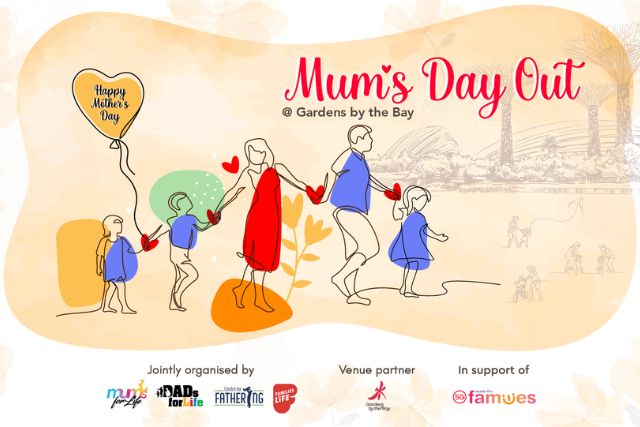The minute that the Government announced additional restrictions and the moving of lessons online during Phase 2’s Heightened Alert – parents across Singapore united in collective agony at the thought of going through another round of Home-Based Learning. Having gone through one round during 2020’s circuit breaker, parents know first-hand the frustrations of having to juggle working from home alongside helping their children access digital tools and resources for their learning needs.
 Source: Unsplash
Source: Unsplash
With mounting pressures a household faces with work from home being the default, women are no doubt bearing the brunt of household and caregiving responsibilities in Phase 2.
Minister for Home Affairs and Law K. Shanmugam was quoted in the media last year as saying that working women are often forced to make a choice between work and family – a difficult decision that men seldom have to confront. He added that ultimately what society should aspire to is “women to be presented with real choices, unencumbered by unequal expectations on the roles of men and women in society”.
A 2020 survey conducted by the Ministry of Manpower and National University of Singapore surfaced a 6% gender pay gap. This differential in pay was due to women’s propensity to undertake primary care responsibilities and taking time off to do so, making this part of the reason that accounted for women earning less than men doing similar work.
While we are appreciative of the care work that women undertake, much more can be done to challenge prevailing socially entrenched gender stereotypes while ensuring a more equalised distribution of caregiving responsibilities.
 Source: Unsplash
Source: Unsplash
Challenging gender stereotypes
Although we’ve seen the shift from men being the typical breadwinners to dual-income households that are commonplace in today’s society, women are still shouldering the bulk of household and caregiving responsibilities. The time and effort that is disproportionately spent on caregiving by women could hamper their opportunities at the workplace, all while having an impact on their physical and mental wellbeing.
A survey by the Ministry of Social and Family Development showed that a vast majority of fathers did not take up their Government stipulated paternity leave and hints that gender norms are deeply entrenched in the society. There is indeed still a way to go in terms of changing the traditional roles of men and women, in the minds of the larger society as well as from employers.
Improving work-life harmony
While COVID-19 has brought some industries to a standstill, it has also opened up new opportunities for women. The push for workers to work from home has also allowed some women to be present at home yet be able to partake meaningfully as part of the working community.
In the words of Labour MP Yeo Wan Ling:
“There is now a wonderful open opportunity for a different narrative on redesigning jobs for a more inclusive workplace, not only just for women but also for workers who need flexible work arrangements.”
But this redesign to make the workplace inclusive requires buy-in from employers as well. The Tripartite Standard on Work-Life Harmony was developed by the Ministry of Manpower, the National Trades Union Congress (NTUC) and the Singapore National Employers Federation (SNEF) – making recommendations to employers on policies and schemes that will help employees better achieve work-life harmony. Because these recommendations are to be applied across the board to male employees as well, it will encourage them to also be active participants in caregiving efforts.
Policies that range from enhanced leave benefits, staggered hours with options to choose the start and end working times and job-sharing are just some of the recommendations mooted that will allow better integration of personal and family responsibilities with work demands.
 Source: CNA’s coverage of MP Yeo Wan Ling at the Budget 2021 debate
Source: CNA’s coverage of MP Yeo Wan Ling at the Budget 2021 debate
Upskilling of capabilities
Changes in gender role expectations coupled with flexible working arrangements will set the stage for women to be better placed in the Singapore workforce. With rapid digital transformation happening in today’s economy, it is important not to let women fall behind. Providing women access to resources and dedicated time to upskill will help them hone skills to not only thrive in the workplace but also be equipped for the workplace of the future.
Moving forward as a more inclusive society
The issue of gender inequality in Singapore has been extensively discussed through the years, with significant improvements seen in areas such as education, leadership, economic contribution and Government representation. However, even as we applaud the progress of women’s development in Singapore, it is necessary to bolster efforts that will help their upward mobility. If the cards are played right, Singapore will be an inclusive society where women can reach their fullest potential.
* * * * *
Like what you see here? Get parenting tips and stories straight to your inbox! Join our mailing list here.
Want to be heard 👂 and seen 👀 by over 100,000 parents in Singapore? We can help! Leave your contact here and we’ll be in touch.
















































Leave a Comment: